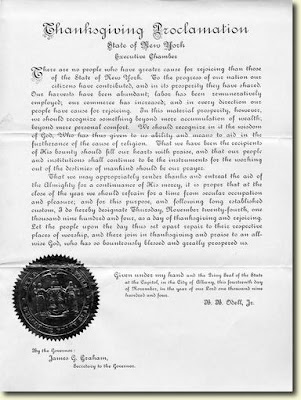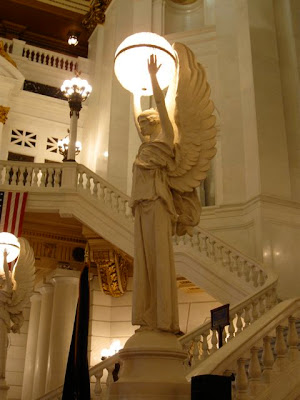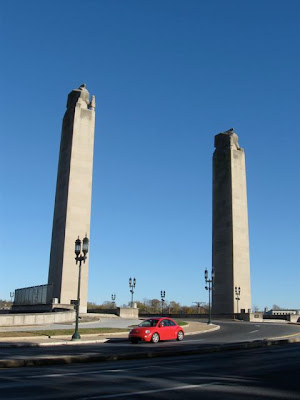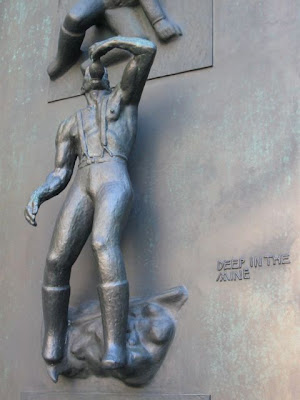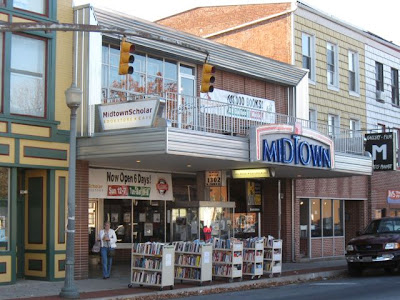Apologies in advance for the bittersweet nature of this post. An old friend of mine died in 2005. We had lost touch as our lives diverged -- different colleges, different graduate schools, different career choices -- but I always thought kindly of him and always suspected that somehow, someday, our paths would cross again. I learned that he had died some time after the fact, but I was deeply saddened by it. How could this kind, brilliant, exasperating, endearing man vanish from this earth at 35? He had already done some amazing things -- as an undergrad, he had registered thousands of voters, worked on several successful political campaigns, and been a viable city council candidate – and he was destined to do more amazing things. Why didn’t he get the chance to do them, and why didn’t he get the chance to grow old with the people who loved him?
Of course, life moves on, and after a time thoughts of my friend became more and more sporadic. However, a few nights ago, I was looking over old friends’ Facebook profiles, trying to find out whether any of them were also going back to Ohio for the holidays. All of a sudden, it struck me that the
Internet Archive might have captured my deceased friend’s blog, which vanished from the live Web before I found out about his death. I did a little detective work, uncovered the blog’s URL, and, sure enough, discovered that the Internet Archive had
captured it.
The Internet Archive’s copies omit some posts, many of the photographs, and all of the reader comments, but most of the blog’s contents are there. I spent several hours reading my friend’s posts and quickly discovered that he was still, in many respects, the person I knew: outrageously funny, keenly observant, kind one moment and cutting the next, and interested in and knowledgeable about technology, politics, and fashion.
However, there were also a few surprises. Given his political activism and acumen, I always half-expected that one day I would turn on the TV and see him in a sharp suit and tie, cogently speaking on behalf of one of the big Democratic Party organizations or gay rights lobbying groups. He was living in Washington, D.C., but hadn’t yet found his professional niche: he had gone to law school for a while, but as of 2005 he was bouncing between a number of short- and long-term IT jobs. He was also single -- a real surprise given his capacity for devotion, his intellect, and his looks. However, he really seemed to be enjoying life. He liked working in IT, he loved his cats (and devoted a lot of effort to concealing their presence in a no-pets-allowed apartment building), his interests were wide-ranging, and he had found good friends in D.C.
In a way, reading my friend’s blog was like getting the chance to have one last long talk with him. Even though doing so was in some respects painful -- all of the sorrow I felt when I first learned of his death came flooding back -- I’m immensely grateful that I got to spend a little more time with him, at least in spirit.
Any archivist or historian knows that humans keep historical records in part because records enable the living to connect -- intellectually and emotionally if not physically -- with the dead. A growing number of archivists are also aware of the need to preserve at least some digital personal materials and to provide advice and guidance to individuals and families seeking to preserve their own digital materials and the challenges associated with preserving personal and family digital materials posted on social media sites or stored by commercial entities. I’ve written about these issues before, but reading my friend’s blog has made these issues real and urgent in a way they weren’t before -- and has deepened my already profound appreciation for the Internet Archive. Thanks, Internet Archive, for ensuring that my friend’s words live on and for enabling me -- and others -- to spend just a little more time with him.




